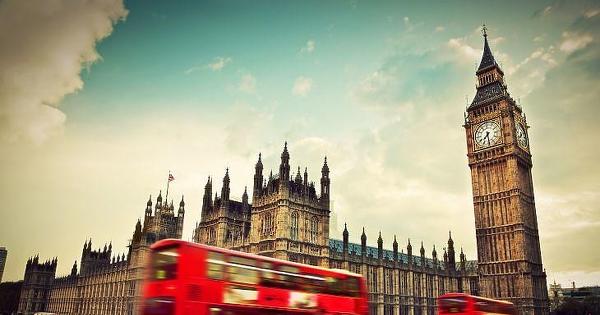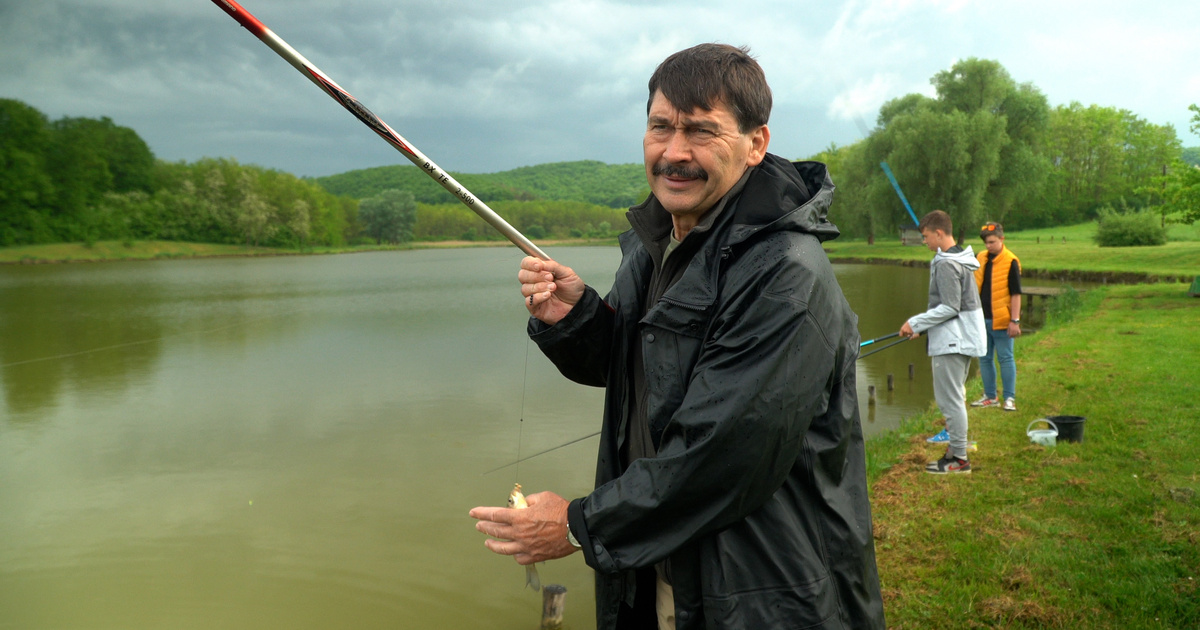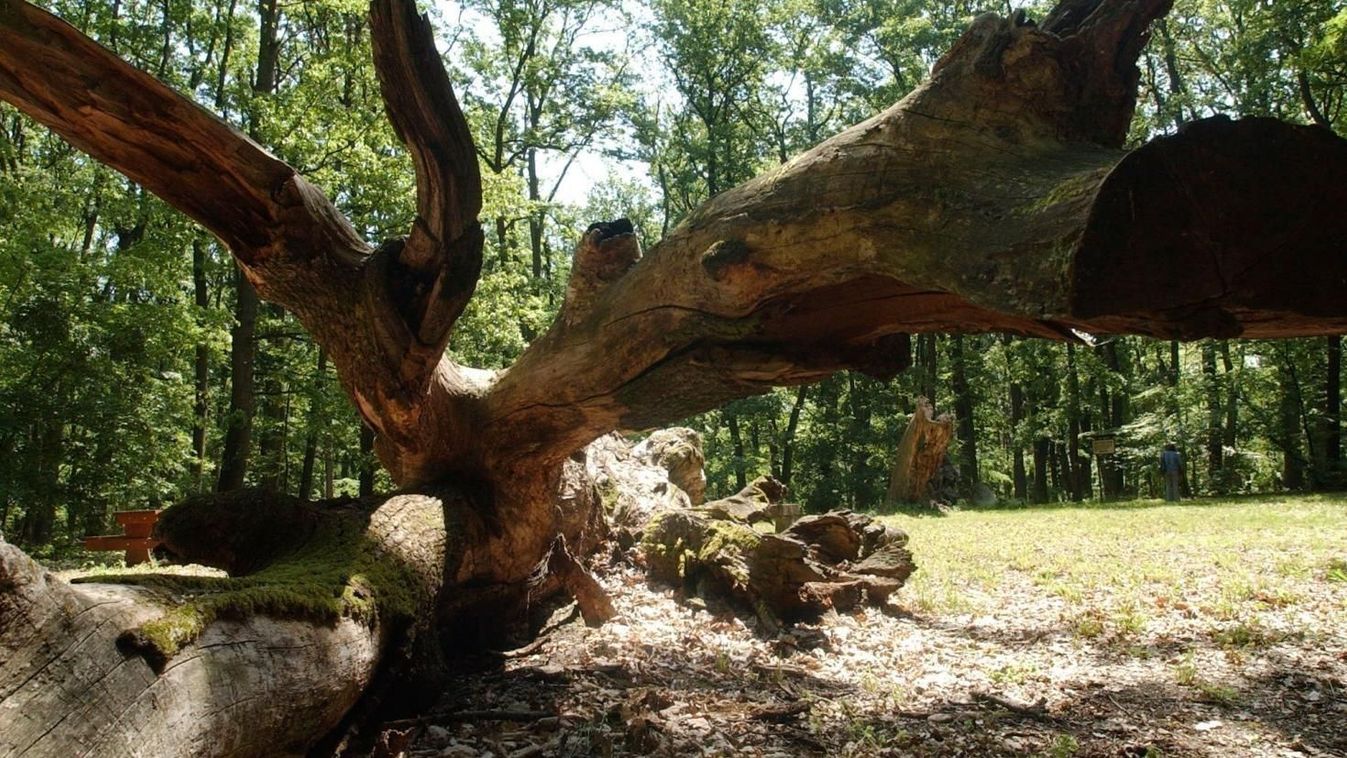like before inform usLeaders of the Group of 19 economies and the European Union (G20) have agreed to keep global warming below 2 degrees Celsius compared to before the Industrial Revolution, and are working to limit the process to 1.5 degrees Celsius.
How many degrees do we hold now?
It depends on how we measure it, but we are currently around 1.1-1.2°C. Around 2030, on average over several years, we will almost certainly reach a 1.5 degree warming, but the next five years may already be a year that we will reach this value by one year. The good news, however, is that it appears that warming and stabilization of climate change could halt at a threshold of one and a half degrees Celsius, or that it may be possible to bring warming back to a state of one and a half times above 0.1 degrees Celsius.
– Climate researcher Diana Orge-Forsatz said in the index.
The founding member of the Hungarian Scientific Committee on Climate Change (HuPCC) emphasized that there is no one silver bullet to slow the process down, but he described the most important thing to get rid of fossil fuels as quickly as possible. On the other hand, if we set a goal of climate neutrality for 2050, we will do nothing by 2049.
We need to imagine this as if we had a budget left over that specifies how many gigatons of CO2 emissions it could conserve to keep warming below a degree and a half over the long term. We need to manage this budget so that annual emissions are zero by 2050. The date may be later, but then a more ambitious cut is needed to fit this budget
Diana Orji Forsatz explained.
We need more than renewable energy sources
The climate researcher explained to us that more renewable energy is needed, it’s just a change in technology, but climate protection means more than shutting down a coal-fired power plant and installing solar panels instead.
We need to change our agricultural practices because we are now releasing carbon that has accumulated in the soil over centuries into the atmosphere, fertilizing it emitting nitrous oxide and ruminants emitting methane, which contributes more to warming than carbon dioxide. Among other things, deforestation and conversion of buildings should be halted according to energy efficiency aspects, the researcher lists. This is a paradigm shift that affects all parts of society and the economy.
In addition, it is not enough to think about what we can use to replace the next fossil kilowatt-hour, but also to reduce energy consumption. Even switching from current electricity use to renewables is a huge challenge, after which we didn’t even talk about, say, transportation, aviation and cleaning up many industrial processes.
However, transformation and increasing electricity generation capabilities are not going as fast as we need to, but we have more options. Examples include a circular and participatory economy, a knowledge-based society and an economy that focuses on value-added and services rather than digital, energy-efficient buildings and mass production.
Diána Ürge-Vorsatz . added This is amazingIt also does not work if we transfer one problem to another, for example, battery pollution and rare earth mining are also a problem, so it is necessary to reduce the total Our energy consumption.
Did you manage to move on?
Although the outbreak of the coronavirus pandemic has pushed it into the background, climate change has long been one of the biggest challenges facing humanity. But have you been able to make progress in this area?
Absolutely. Over the past twenty years, the European Union has succeeded in decoupling economic growth from rising emissions. Greenhouse gas emissions have fallen by more than 20% since 1990, while GDP has grown by more than 60%
– Diána Ürge-Vorsatz notes, adding that we have also achieved many important results in the field of renewable energy sources, in most countries solar energy is already the cheapest source of energy.
In addition to the proliferation of wind and solar power plants, the researcher also classified the results of recent decades as being able to build buildings or renovate old buildings so that the energy demand of the property and its occupants is close to zero, and even capable. to produce additional energy.
A lot of progress has been made, we have opportunities, but we are still far from the target, we need to scale up these activities by the scale and speed at which they are spreading.
What is the significance of the peaks?
Combating global warming was also a topic at the G20 summit in Rome, and the United Nations Climate Change Conference COP26 in Glasgow began shortly thereafter.
Such peaks are important, but not all of them are of equal importance. COP26 is not about political rhetoric and rants, here they review progress so far and assess what needs to be done. There are specialized negotiations, such as the development of a rule book for the Paris Agreement, which may not be of interest to the general public, but are important. It is not a priority for all Heads of State and Government to give impressive speeches and take joint photos, but to send delegations of experts commissioned by them to make ambitious commitments.
Diana Orji Forsatz summed up the importance of peaks.
What if obligations are not fulfilled?
Among the consequences, Diana Org Forsatz reported, extreme weather events, including destructive storms and heat waves, are becoming more intense and frequent, which can severely affect the food supply.
You can already see the changes, but between 2 and 3 degrees Celsius, the Gulf Stream may become unstable and collapse. If it collapsed and there were other conditions for the sea flow, it would change the climate and weather in the whole of Europe. The economy, livability, and culture of the continent are determined primarily by the Gulf Stream, without which Europe would not be as we know it today.
Climate researcher includes other consequences that include sea level rise of up to seven meters due to melting Greenland’s ice sheet or destroying coral reefs, which could also affect the ocean ecosystem, affecting the livelihoods of half a billion people.
By 2070, 19 percent of the world’s land area could become uninhabitable. 3.5 billion people will live in these areas, where should they go? Climate change is not only about climate catastrophes, but also about the indirect domino effect. From food supplies to the economy to immigration and political struggles, they can have very serious consequences.
In February 2021, the Hungarian Scientific Panel on Climate Change (HuPCC) was established along the lines of the Intergovernmental Panel on Climate Change (IPCC). We wrote here more.
(Cover Photo: G20 leaders in front of the Trevi Fountain in Rome on October 31, 2021. Photo: Jeff J Mitchell/Getty Images)









































